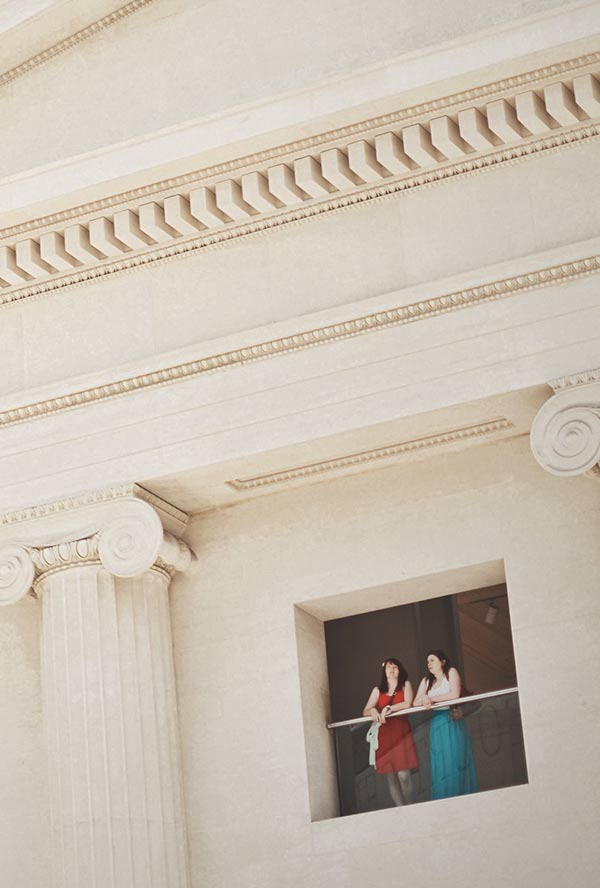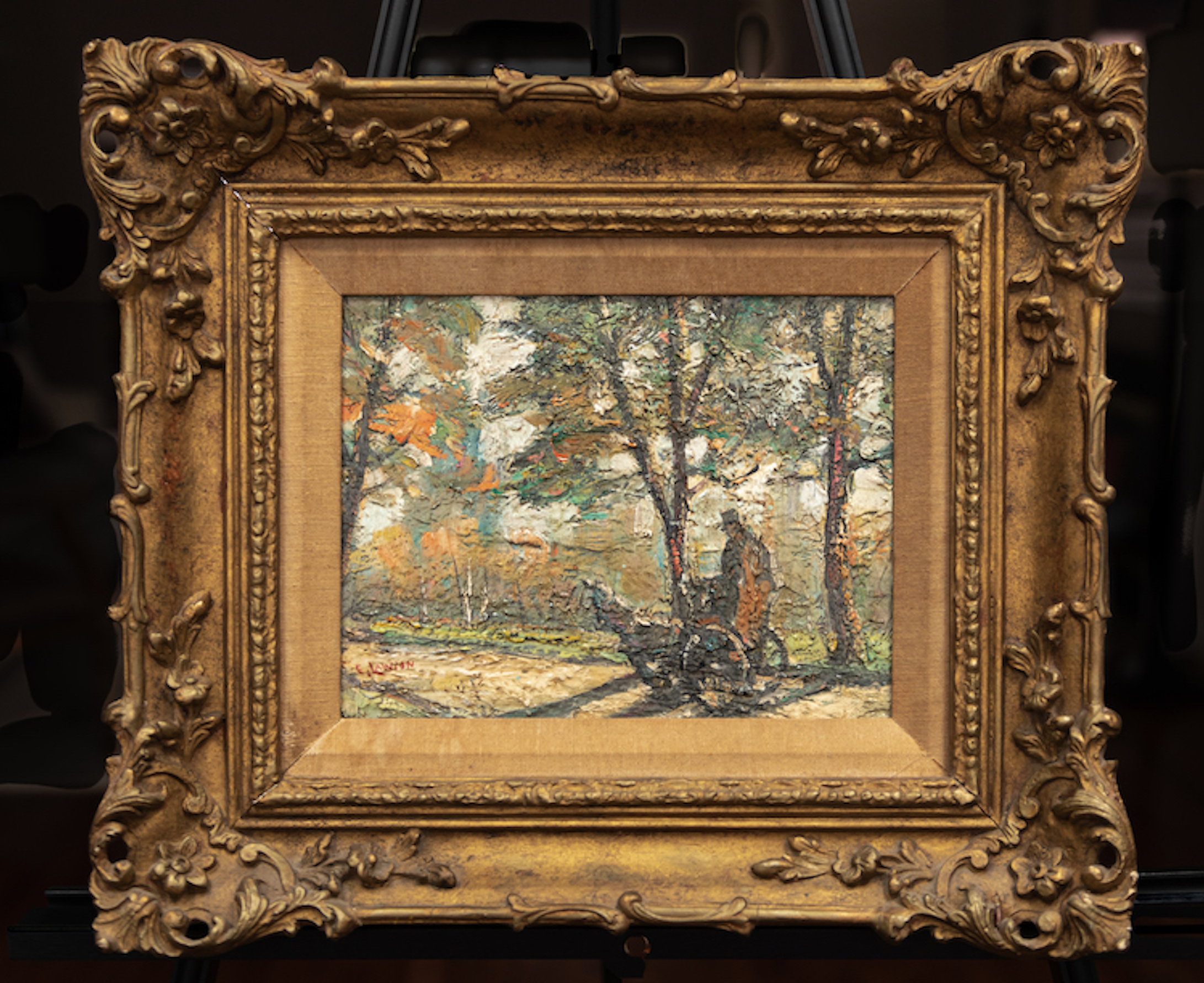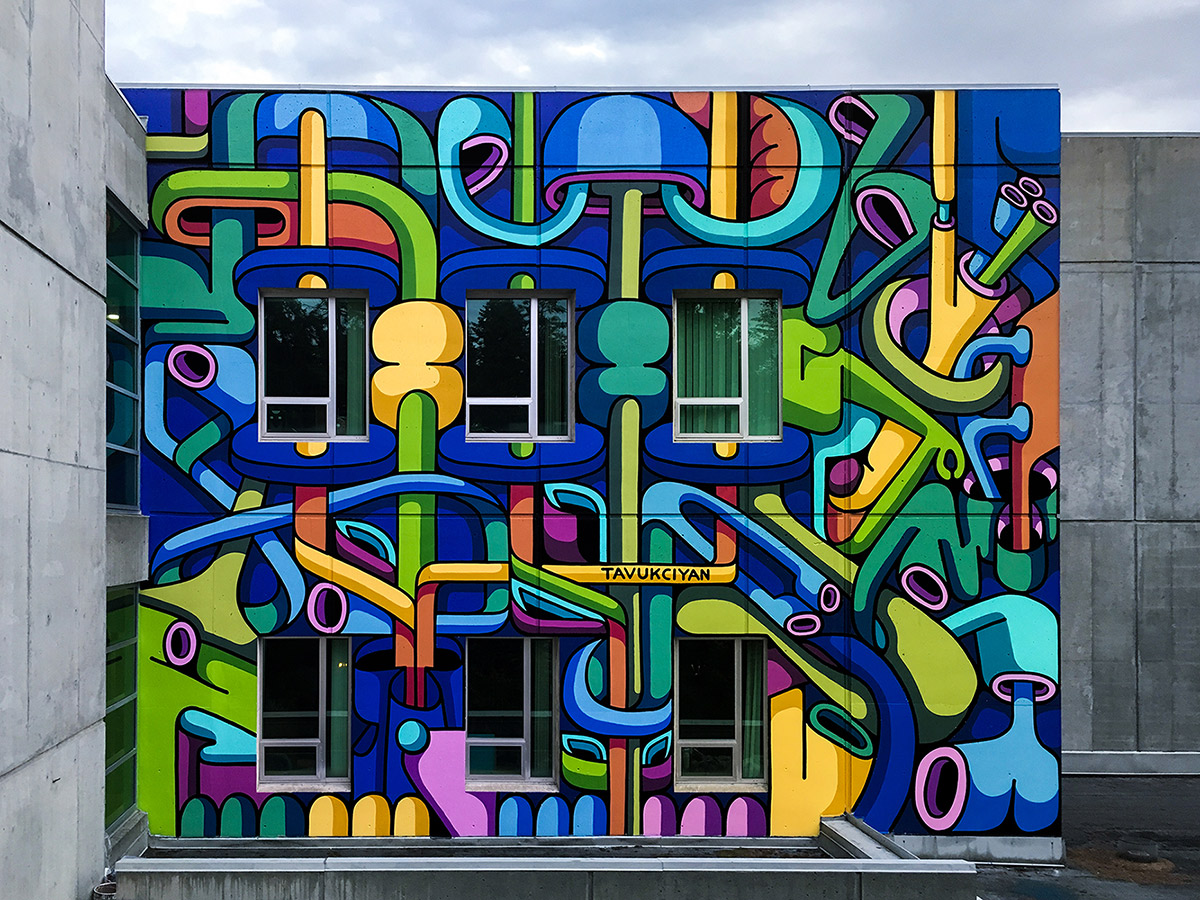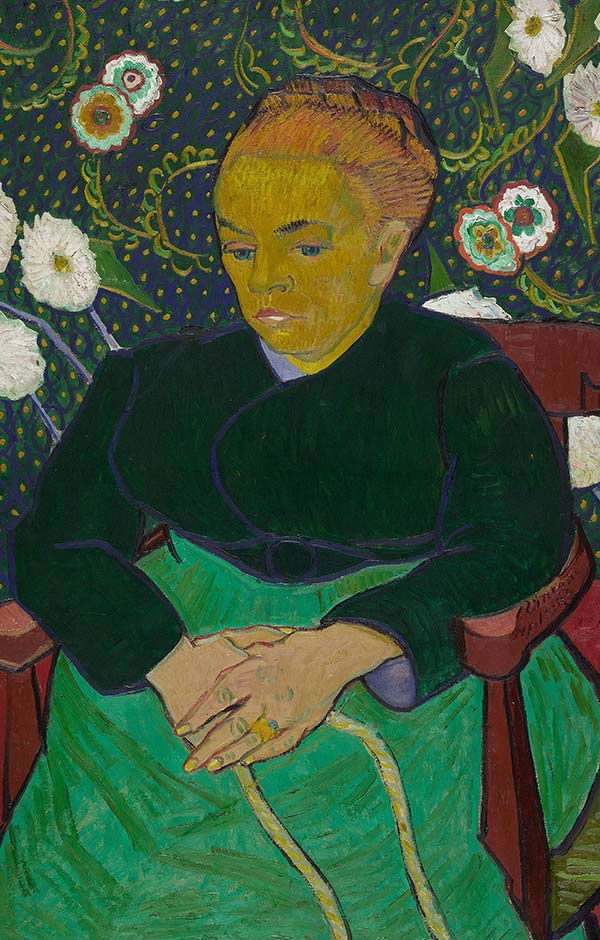
The Purpose of Artistic Community
One of the first things we learn in school is that we don’t want anyone to copy our work. Teachers go to great lengths drilling this point into each student’s head: copying is cheating, and cheating is wrong. Even in kindergarten, drawing little flowers and neon beach scenes, students would scream in protest if their neighbor was “copying” them. It wasn’t until my first college art class that I had a teacher finally respond to such a complaint with open laughter. Not just the easy, slight chuckle of someone witnessing a small error they’d be happy to correct, but the gut-deep, raucous cackling of someone who knows she’s about to upset someone else’s fundamental view of the world—and she can’t wait to get on with it.
“Copying? You say he’s copying you? What on earth do you think artistic community is for?”
In fact, anyone taking their first ever live-sketching class can tell you that there really is no such thing as true copying. If someone tries to mimic your style, they will inevitably fail—because no artist can help putting some of themselves into their work. As Wilde put it, “every portrait that is painted with feeling is a portrait of the artist, not of the sitter. The sitter is merely the accident, the occasion. It is not he who is revealed by the painter; it is rather the painter who, on the coloured canvas, reveals himself.” You may copy someone else’s subject, even their style, but if you paint with any true emotion, then what you paint is unavoidably your own.
Now, why this defense of copying, you may ask—this is supposed to be about community, after all. Well, the fact is that copying is community. We identify movements in painting (as well as in poetry, prose, music, theater, and every other conceivably avenue for art), by shared traits. Those shared traits are never accidental. It’s always someone seeing someone else’s work, and wanting to copy some aspect of it, wanting to build upon it, improve it or change it or warp it with their own perspective.
You can see this play out not only in the great artistic movements that fill the stress-dreams of tired art students. Such things show up in any class, any group in which artists come together and create their work around each other—provided they are not afraid of censure for copying. I’ve taken plenty of studio classes, and worked on the teaching side of a few others. In all of them, there would come a moment where the students’ individual styles would begin to feed into each other. If the students became aware of this (which was not always the case), there would then be a turning point—a moment when they would glance around nervously, unsure if it was okay. If the sudden prevalence of earth tones in five separate palettes counted as copying. If a group fascination with highly textured surfaces would pull down glares from the student who started the trend.
Sometimes the consensus fell one way, sometimes another. However, I can say with absolute certainty that whenever it tipped towards excitement, towards support and enthusiasm for the strange and unique tendencies developing among that little knot of artists—those classes where ultimately always the most fruitful. Those are the true artistic communities, in which inspiration and influence are never teased apart, and no one is too precious with their own ideas. After all, no one wants to create in a void. In the long term, artists need an audience to survive; we are always creating in context. A community helps motivate us to create, giving us someone to show our work to, someone to hold us accountable if we slow in our creative production. This is the most obvious reason to join a group of artists. But there is a subtler reason that is, in some ways, far more significant. A healthy, fully engaged artistic community gives us our context. We are influenced, we copy, we chew up the work around us and see what settles within us and what tastes noxious and foreign on the tongue. We find our edges and thus our form by bumping up against others.
This is the true importance of artistic community.



